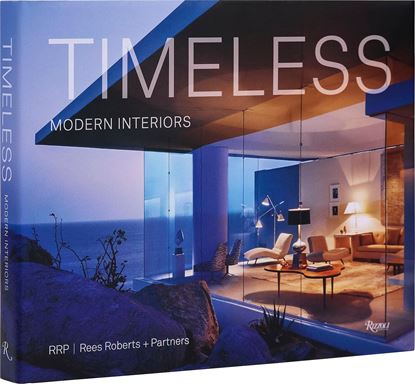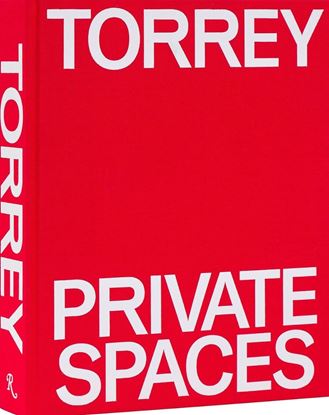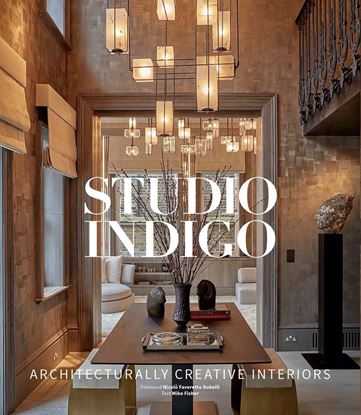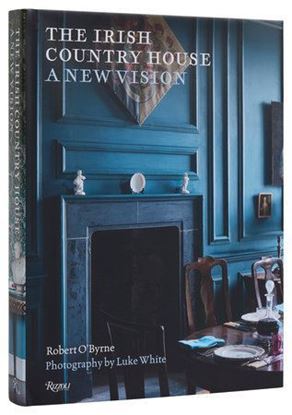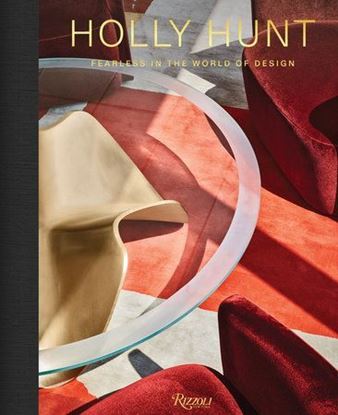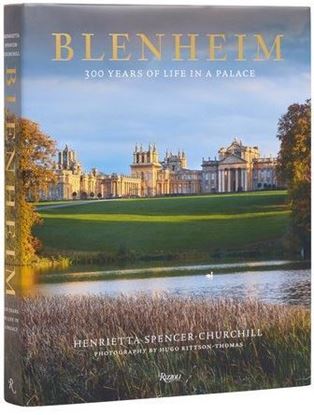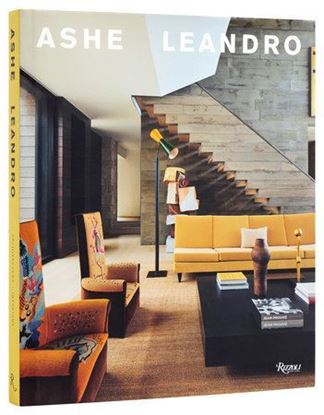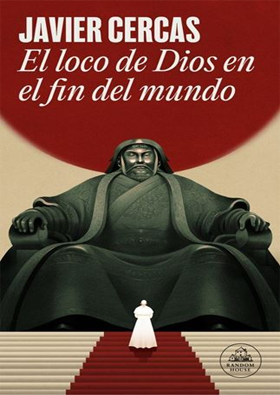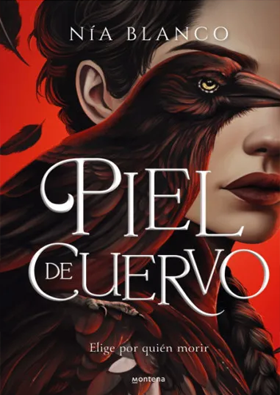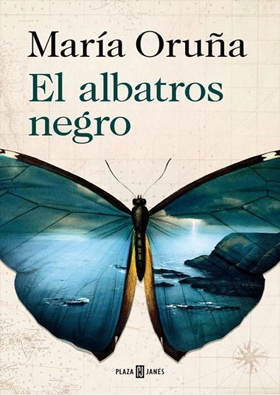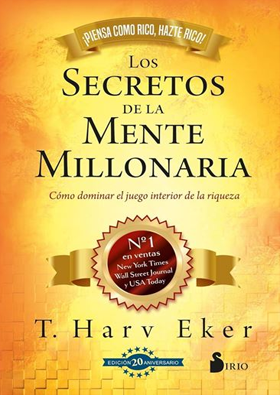

NOVEDADES
TIMELESS MODERN INTERIORS
The first book to feature the interior design of the stylish, award-winning firm RRP / Rees Roberts + Partners, led by Interior Design–hall of fame inductee Lucien Rees-Roberts.
As Pilar Viladas writes in her introduction, “Rees-Roberts does not have a signature style. Instead, the interiors designed by his New York firm … have style, period, and lots of it.”
Well-known for his subtle use of color, texture, and fabric, Rees-Roberts’s designs capture the essence of modern living. Descended from generations of painters, his love for art is an important source for his inspiration and indelibly marks the work. Functionally elegant designs are characterized by a deference to art as well as to light and the views provided by natural surroundings. Each designed home reflects the owner’s character as well as the needs of everyday life, incorporating custom furniture and unusual antiques. The book, bound in sumptuous cloth and wrapped in a jacket with French folds, reflects the firm’s ever-present attention to detail.
4,300
MYSTERIUM MAGNUM
En el año 1600, Jacob Böhme tuvo su más famosa iluminación al ver en un instante, según refiere, todos los secretos del universo reflejados en la concavidad iluminada por un rayo de sol de una vasija de estaño que tenía colgada en la pared, tras lo cual estuvo «rodeado de luz divina» durante siete días. Para Böhme, Dios es el todo, «el gran abismo sin fondo que hay en todas partes», la nada que anhela llegar a ser engendrándose y engulléndose eternamente. Su obra es un continuo intento de descifrar el sentido de sus experiencias místicas, que no cesaron de crecer en interés y fama, porque nunca la mística y la magia se han tratado de una manera tan lógica.
Para Friedrich Schelling, Böhme es una aparición milagrosa en la historia del espíritu humano, y en particular del alemán, por su notable influencia en Tieck, Novalis, Goethe y otros románticos. Schopenhauer toma de él su noción de voluntad, y para Heidegger es, junto a Meister Eckhart, el primer autor metafísico de la filosofía alemana. Newton, Unamuno y otros muchos lo leyeron asimismo con atención.
4,300
TORREY: PRIVATE SPACES. GREAT AMERICAN
Growing up in America’s heartland, Kansas, and hitting New York City at age twenty-one, the young designer Andrew Torrey brought his big dreams, ambition, and strong work ethic with him. The self-taught Torrey took the leap and founded his eponymous firm in 2013.
This first monograph showcases twenty-three of the designer's extraordinary projects, from vibrant Manhattan and sun-soaked Miami to London, Los Angeles, and Cabo San Lucas. This debut book explores Torrey’s distinctive approach: a seamless blending of cool, clean, modern designs with opulent finishes, sumptuous materials, and a reverence for the historical and vintage. A passion for contemporary art and an approach combining modern glamour with effortless charm also define Torrey’s signature.
4,500
STUDIO INDIGO ARCHITECTURALLY CREATIVE
Founded in London in 2005 by architect and creative director Mike Fisher, Studio Indigo is a multilingual, multidisciplinary collective of architects, interior designers, technical experts, and project managers, all under one roof—a uniquely collaborative approach that is their secret to creating cohesive, superior spaces specifically tailored to each client. This stunning volume presents a curated portfolio of the studio’s projects, both residential and commercial, showcasing their much-lauded ability to reinterpret and redefine spaces with a quiet yet luxurious, timeless elegance.
From Victorian stucco houses and glamorous conversions of abandoned artists’ studios in London to the refurbishment of the quintessential English manor house, Ven House in the Cotswolds, and the creation of an award-winning luxury yacht, no two design projects are the same, but all share a combination of the best of historic and classical elements with the comfort and graciousness of modern living. Highlighting the studio’s diversity, architectural knowledge, and attention to detail, down to the most sumptuous and stylish of materials, finishes, and textures, Studio Indigo: Architecturally Creative Interiors cements the house’s reputation as a leading integrated creative design practice across the globe.
4,500
THE IRISH COUNTRY HOUSE
Forgoing the criteria of stateliness and opulence, this book is an exploration of the most captivating and unusual interiors in Ireland. Whether in the transformation of a derelict estate, the preservation of an historic hunting lodge, or the re-creation of a Gothic fantasy, each of the homes in this extraordinary book reflects a renewed vitality in the contemporary approach to Irish country houses.
4,500
HOLLY HUNT. FEARLESS IN THE WORLD OF
Acclaimed for popularizing modernism with mainstream American homeowners, Hunt curated and created chic modern furniture that made high-end design accessible to audiences beyond New York and Los Angeles.
4,500
MADAME GRES COUTURE
The definitive monograph on iconic Parisian designer Madame Grès, seen by her peers as the tutelary genius of French haute couture.
Renowned for her signature draping and innovative asymmetrical dresses, Madame Grès (1903–1993) was one of the leading fashion designers of twentieth-century Paris. Formally trained as a sculptor, her complex yet delicate haute couture designs evoke ancient statuary and exude a timeless elegance.
4,500
BLENHEIM. 300 YEARS OF LIFE IN A PALACE
Regarded as perhaps the greatest of the stately homes and the finest example of baroque architecture in Great Britain, Blenheim is a treasure of English heritage. In this stunning volume, Lady Henrietta Spencer-Churchill, the twelfth generation of the family, takes us on a privileged tour of the palace.
Designed by John Vanbrugh and Nicholas Hawksmoor (a protégé of Christopher Wren) in the early 1700s; with stonework, furniture, and tapestries crafted by the best talents of the age; and art and statuary by such notable artists as John Singer Sargent and Joshua Reynolds, Blenheim is filled with artistic commissions that provide a window into the history of England.
4,500
ASHE LEANDRO
For Ashe and Leandro, creativity is a way of life that is reflected in everything they design. They have built a star-studded portfolio (clients include Liev Schreiber, Seth Meyers, Naomi Watts, and Rashid Johnson) with their fresh approach to unfussy, high-design spaces. Their interiors favor a quiet beauty, based on simple shapes, asymmetrical details, and a fine patina.
4,500


